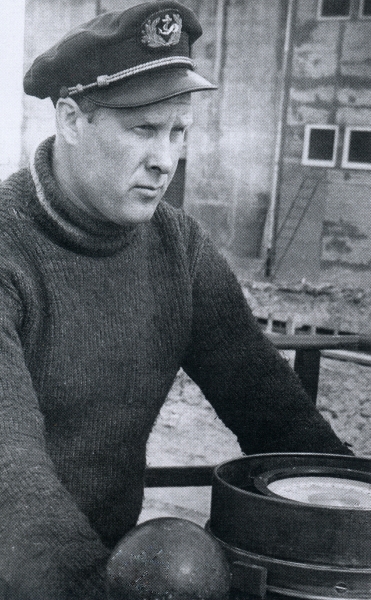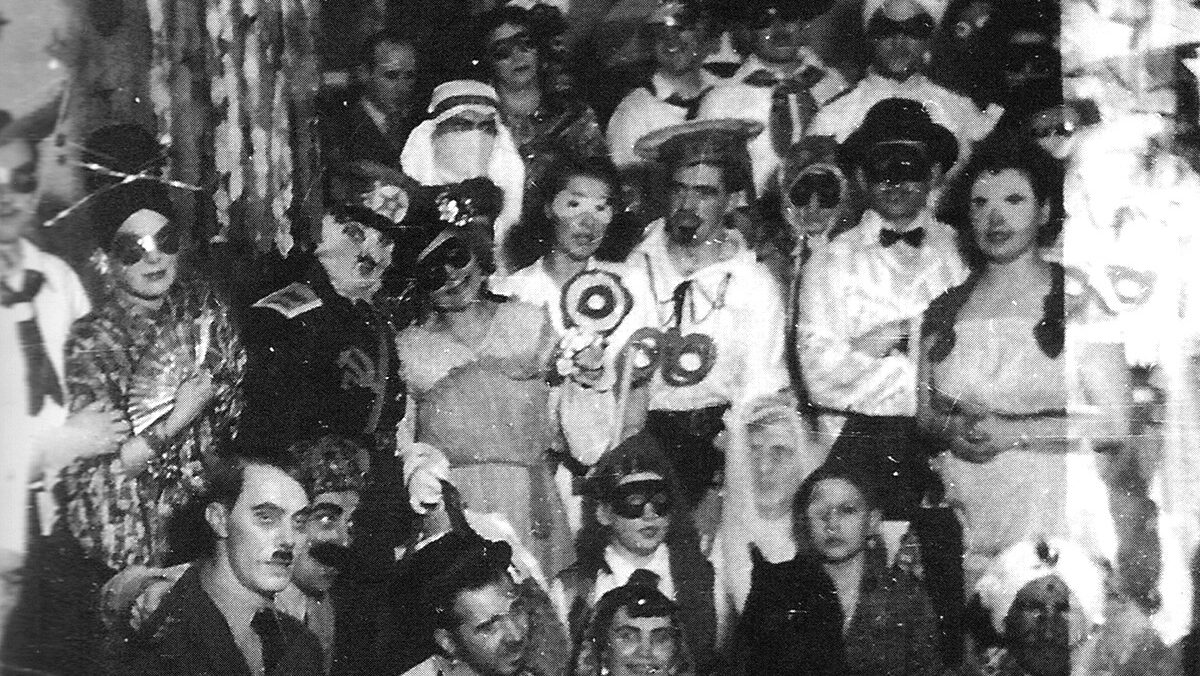In the same waters, a similar fate had ended the life of Juliana’s first husband. He crashed through the ice with his horse.
After Juliana’s death, Jaen Teär built sea vessels, had two sons with Marie Sidorov and fathered eleven more children with his second wife Antonie, fourteen children in total. He died in 1925. Two sons, Karl Johannes and Julius-Adolf Teär, became long-distance Sea Captains. Julius served as director of the Kuressaare Marine School until September 1941 when he was captured by the Soviets, held in the cellar of the Kuressaare Castle, slowly and horribly tortured to death. After his brother’s death, Karl took over as director of the Kuressaare Marine School.

My uncle, Captain Jakob Suksdorf, was commander of the ‘Jaen Teär’ a converted motorized sailing ship built in 1926. Fleeing the Russian invasion of Estonia, upon reaching Gotland on September 23, 1944, he reported to Swedish authorities: “As for the ship’s past fate, I knew that it had always been the property of the Estonian family Teär, with the exception of the time it was in the possession of the Russians. When Russia took over Estonia, they requisitioned ships over a certain size, treating them as Russian-owned. When the Germans drove out the Russians, the ship was taken as spoils of war until April 1944, when it was returned to the Teär family. Under German control the ship operated as a freighter mostly between Estonian ports, occasionally to Germany. On September 19, 1944, as the ‘Jaen Teär’ was loading in Tallinn, the harbormaster announced that all ships in port were to evacuate to Germany.”

The Todt Organization, a Nazi membership belonging to the Third Reich, headed by Albert Speer, boarded the ship. The Todt Organization was a massive forced-labour Nazi organization with brigades throughout Europe using different names. Between 1941 and 1944, approximately 17,000 Estonians were conscripted into forced-labour mobilization units.
Suksdorf delayed the ship’s departure for a few hours, during which time his family arrived from Käsmu. [Captain Suksdorf’s sister, Aunt Liisi, a passenger on the ‘Jaen Teär’, reported that a large group of Todt men in uniform were on board.] They left Tallinn on September 20, 1944. Suksdorf devised a plan to sail as the last ship in the convoy, lag behind, and head to Sweden, not Germany. Nearing Swedish waters, he explained to the Todt members that the ship was running out of oil and needed to stop in Sweden. When the ship docked in Visby, Gotland, Capt. Suksdorf asked the Swedish authorities for amnesty. One Todt member, who had been sequestered in the Captain’s cabin, disembarked from the ship and was mysteriously whisked off in a large black vehicle. Aunt Liisi thought he might have been an American spy.
Ernst Vilvall reported to Swedish authorities: His mother was Ida-Johanna Teär whose mother, Juliana, drowned when she was 3 months old, and Jaen Teär, after whom the boat is named, was his maternal grandfather. (Karl Teär, last surviving son of Jaen Teär and Antonie, was very ill, hospitalized in Sweden – he died a year later.) Vilvall, as an authorized representative of the shipping company, presented a Certificate of Ownership listing the ship’s owners, pointing out that the ‘Jaen Teär’ had been confiscated (nationalized) by the Russians in 1940, without compensation, and in 1941 the ship was in Tallinn with 500 condemned-to-death Estonians on board, about to go to Leningrad, but this was stopped due to the rapid advance of the Germans. In August 1945 the Swedish government returned the ‘Jaen Teär’ to Russia. Four months later, the ship sank on Christmas Day after ice cut through its hull near Tallinn; thereafter, the ‘Jaen Teär’ became, and lives on, as a deep sea diving site.



